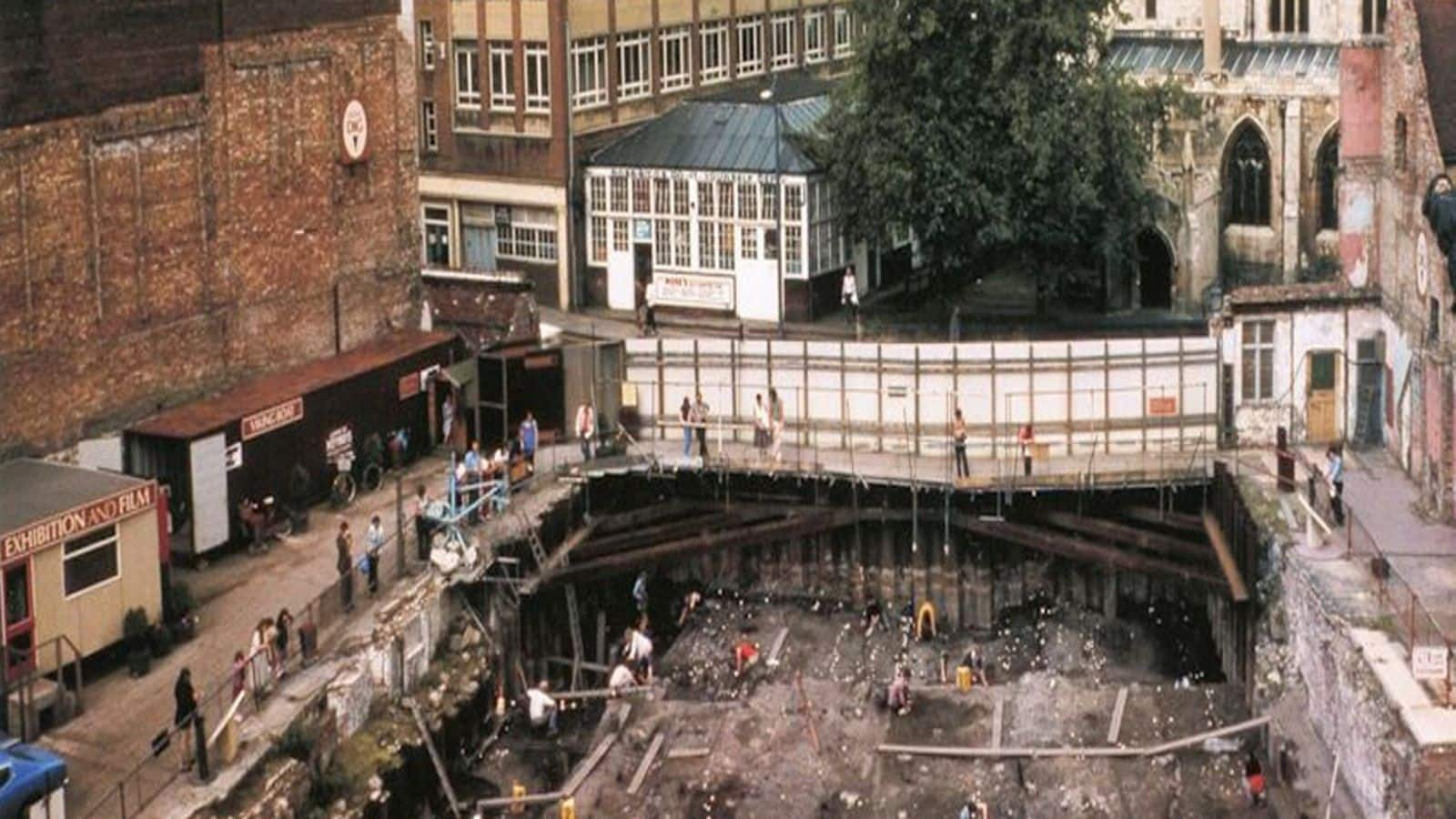
Microplastics are threatening preservation of archeological sites; scientists caution
What's the story
Microplastics, a well-known environmental concern, are now endangering the preservation of archeological sites. A recent study discovered these minuscule plastic particles in a second-century site in York, UK, an area renowned for its rich Viking and Roman history. Despite meticulous preservation efforts, researchers have uncovered a minimum of 16 distinct varieties of microplastics. The microplastics were detected as deep as seven meters (23 feet) below the surface. The findings were published in the journal Science of the Total Environment.
Information
Microplastics alter soil chemistry, accelerate decay
David Jennings, an archeologist from York Archaeology, warns that microplastics can change the soil's chemistry. This alteration might potentially introduce elements that speed up the decay of organic remains. Jennings suggests this could challenge the long-standing practice of preserving archeological finds in their original location.
Historic presence
Study reveals microplastics in soil samples
The study involved comparing soil samples from two different periods. The first set was collected from Wellington Row digs in the 1988 and 1989, and the second set was recently collected from similar depths at nearby sites. The research team, led by ecotoxicologist Jeanette Rotchell from the University of Hull, found plastic fragments in both sets of samples, between 1μm and 5mm in size.
Long-standing issue
Microplastic infiltration dates back to the 1980s
Jennings notes that while microplastics are often considered a recent issue, this study shows that they have been infiltrating archeological sites since at least the 1980s. The most frequently found plastics were ethylene vinyl alcohol/ethylene-vinyl acetate and PP:PE copolymer. The impact of this contamination on the value of these deposits is yet to be fully understood. Factors like the nearby River Ouse, rainfall, and leaking water mains could be responsible for these deep-ground microplastic deposits.